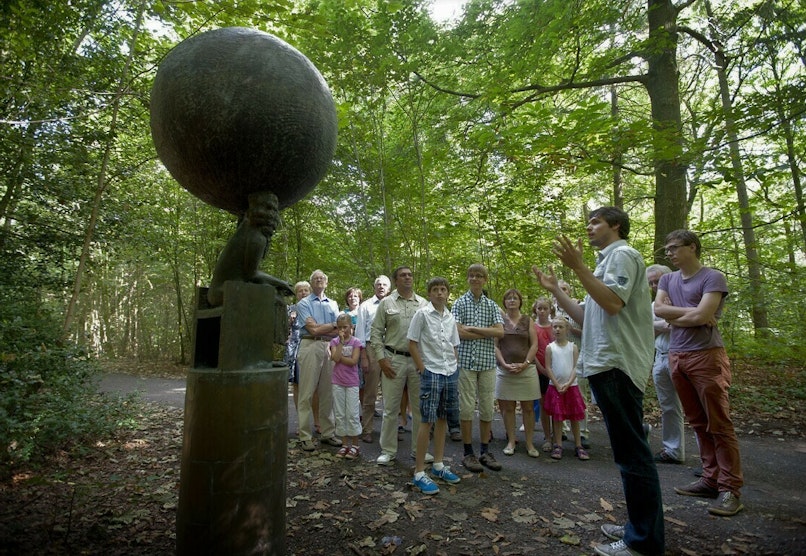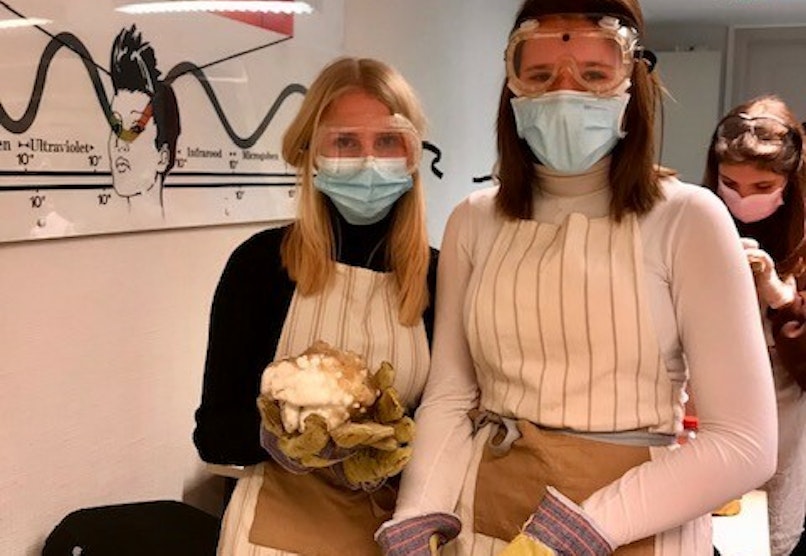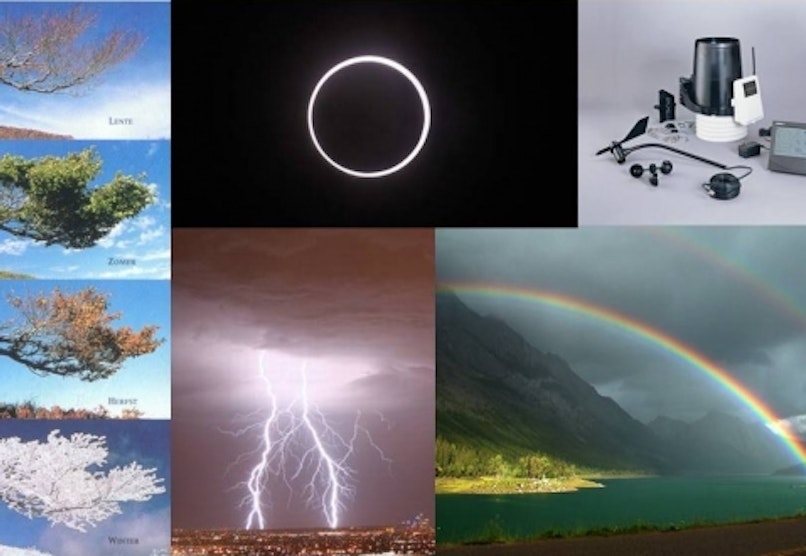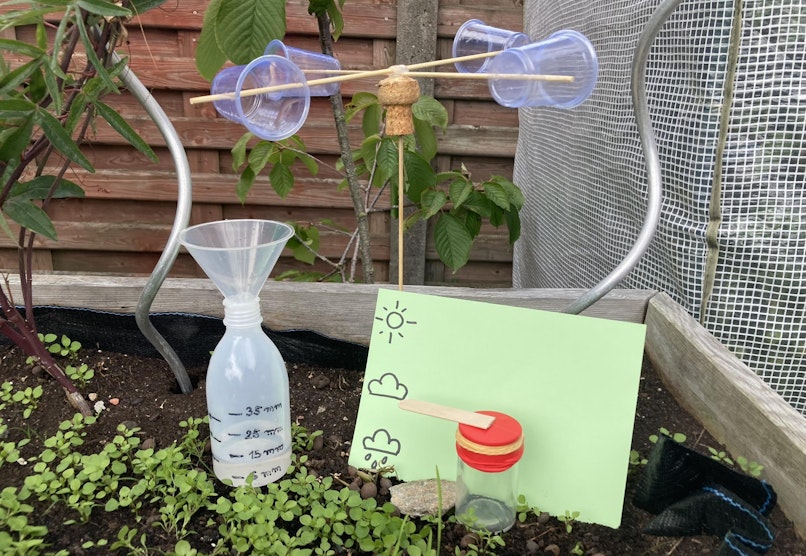
Planet Trail
In the beautiful Beisbroek domain located around the Cozmix visitor centre, you can take a walk through a scale model of the solar system. The planets are represented by sculptures by Jef Claerhout. Each step you take corresponds to 9 million kilometres! The planet trail starts in front of the entrance to Cozmix and the Nature Centre, at the level of the sun, next to the sundial. The actual distance is 835 metres and the trail takes you past all the planets, the asteroid belt, Pluto and the Ice dwarfs. Walk along the planetary path and experience that the distance from the sun to Neptune is 30 times the Earth-Sun distance!
Not only is the distance between the planets presented to scale, but also the size of the planets. This scale is a different one from that of the distances, as otherwise the planets would be tiny spheres. Here, 10 centimetres corresponds to 18 000 kilometres. Each planet is additionally represented by its mythological figure. For example, the planet Venus is represented by the Goddess of Love. Fancy this trek through the solar system? Then be sure to bring your walking shoes to Cozmix.
Price: €3 per student







